You're preparing for the chilly season when you turn on your gas heater and the pilot light comes on. You notice that the heater isn't working and wonder what's wrong. We gathered information from various sources on this problem and came up with an answer for you.
If your gas heater is not working even when the pilot light is on, there could be a number of possible issues. The problem could be with a rusty or misaligned thermocouple. It could also be because of a thermostat without power, a defective gas valve, or a control board problem.
Read on for more information on the possible problems with your gas heater, troubleshooting, and repair options.
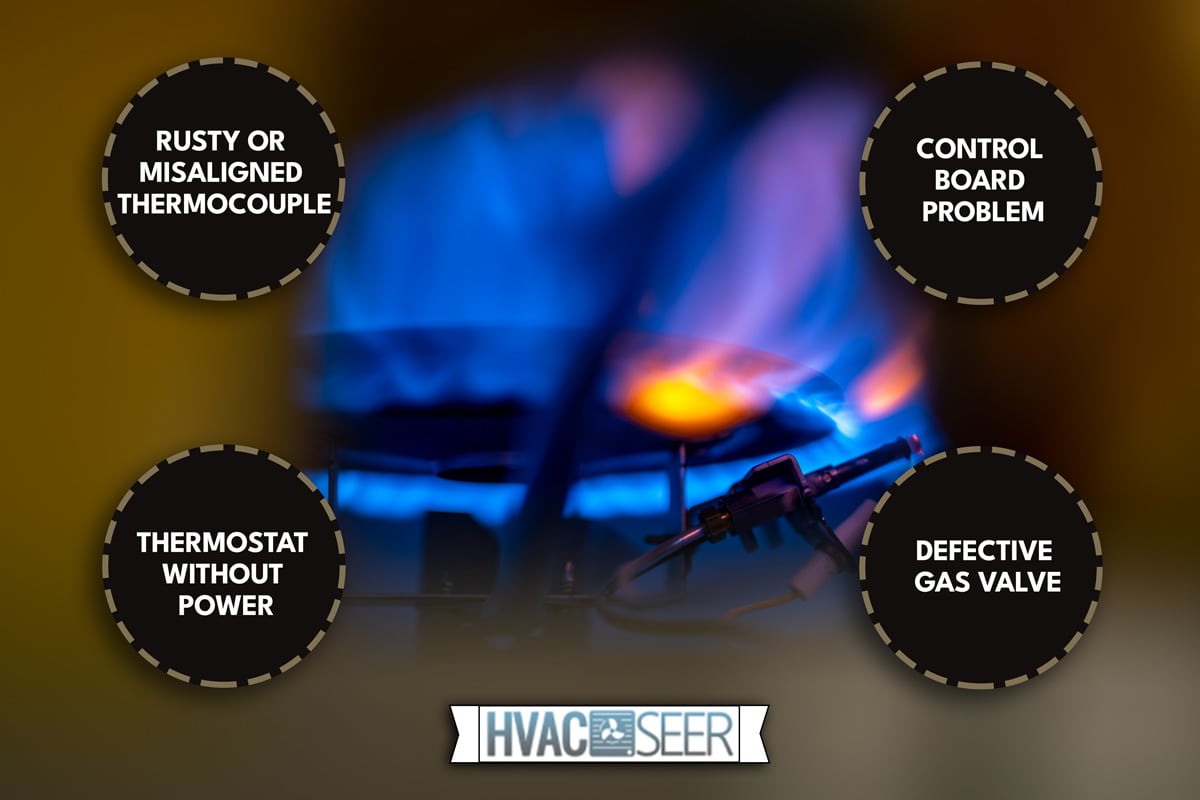
Misaligned or Rusty Thermocouple
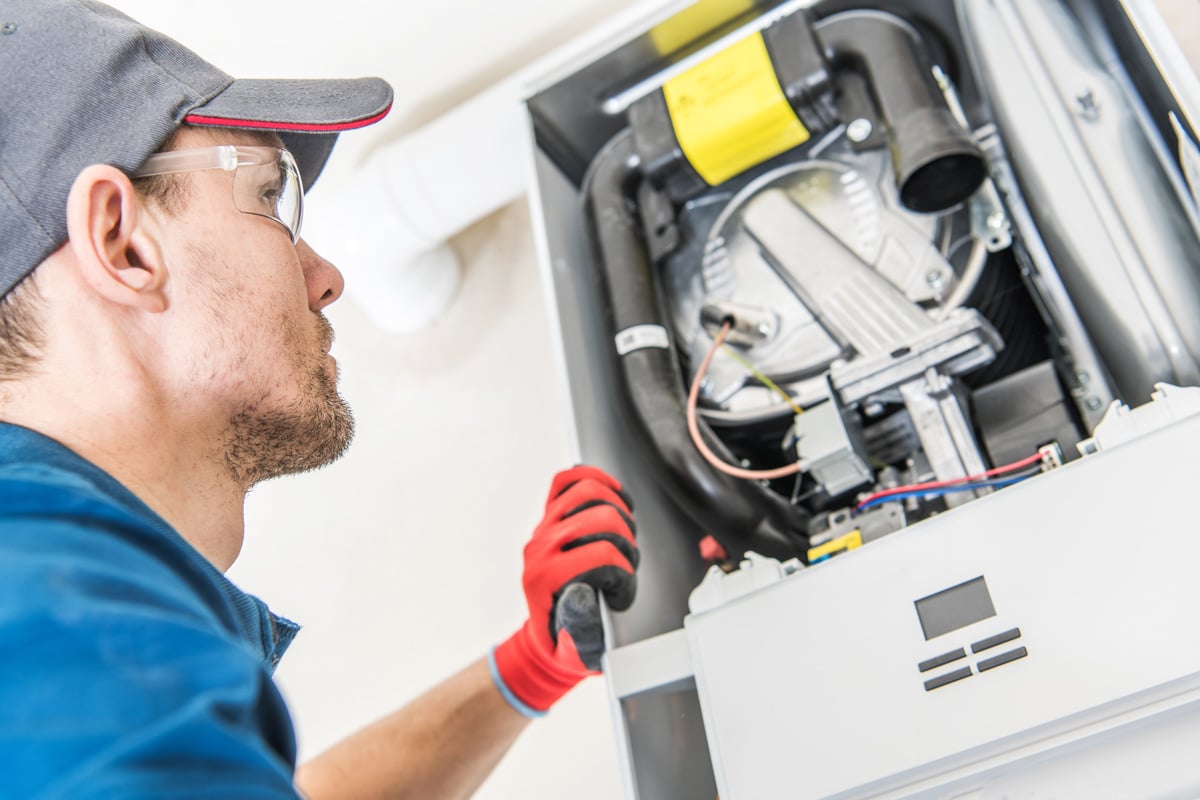
When your gas heater doesn't work even thought the pilot light is on, the issue could be with a rusty or misaligned thermocouple. The thermocouple is a safety device that is located where the pilot light is burning.
It detects and controls the gas and safety valves in your gas heater. Check your thermocouple for possible problems if your gas heater isn't working even though the pilot light is lit.
This issue could be caused by a misaligned thermocouple. If the thermocouple on the unit is not aligned with your pilot light and is not completely immersed in it, it will be unable to measure temperature, and the gas valves will remain closed. When this happens, the unit stops producing heat.
A rusted thermocouple could also be a problem. When this occurs, the thermocouple is unable to detect the proper temperature and thus does not allow your gas to flow.
If the thermocouple is properly aligned and not rusted, but the problem persists, the thermocouple may be defective and need to be replaced.
You can try to brush or vacuum the rust off the unit, but make sure everything is cool before you do so. However, it is always preferable to contact your local HVAC service provider to repair these for you, especially if they require replacement.
The 24" Resideo Thermocouple is best for large gas heaters.

Click here to view this product on Amazon
The Emerson TC24 Universal Thermocouple also fits large gas heaters or water heaters.

Click here to view this product on Amazon
Faulty Thermostat
The thermostat controls the temperature of a device, such as your gas heater. There could be a problem with your thermostat if the heater is not producing heat or the amount of heat produced does not match the thermostat.
Check for drained batteries, frayed wires, damaged fuses, and malfunctioned circuit breakers.
When troubleshooting for thermostat issues, try following these 4 quick steps.
- A quick fix for your gas heaters is to reset the thermostat. This should be done following a power outage to ensure that your digital thermostat is sending signals to your gas heater properly.
- If the problem persists after the reset, it is possible that your device is dirty or rusted. You can clean the inside of your thermostats with a soft brush or a vacuum.
- You can also check if there is power on your thermostat. If the problem is with the batteries, simply replace or charge them. However, for wiring, fuse, and circuit breaker issues, you should contact your local HVAC service provider.
- Mechanical thermostats have a heat anticipator that sets the room temperature and turns off the gas heater when it reaches the desired temperature. If the heat anticipator is not aligned, it must be adjusted to "longer" for longer cycles. Allow the heater to run for two to three hours before repeating the process when necessary. The video below provides a detailed explanation of the process.
Defective Gas Valve
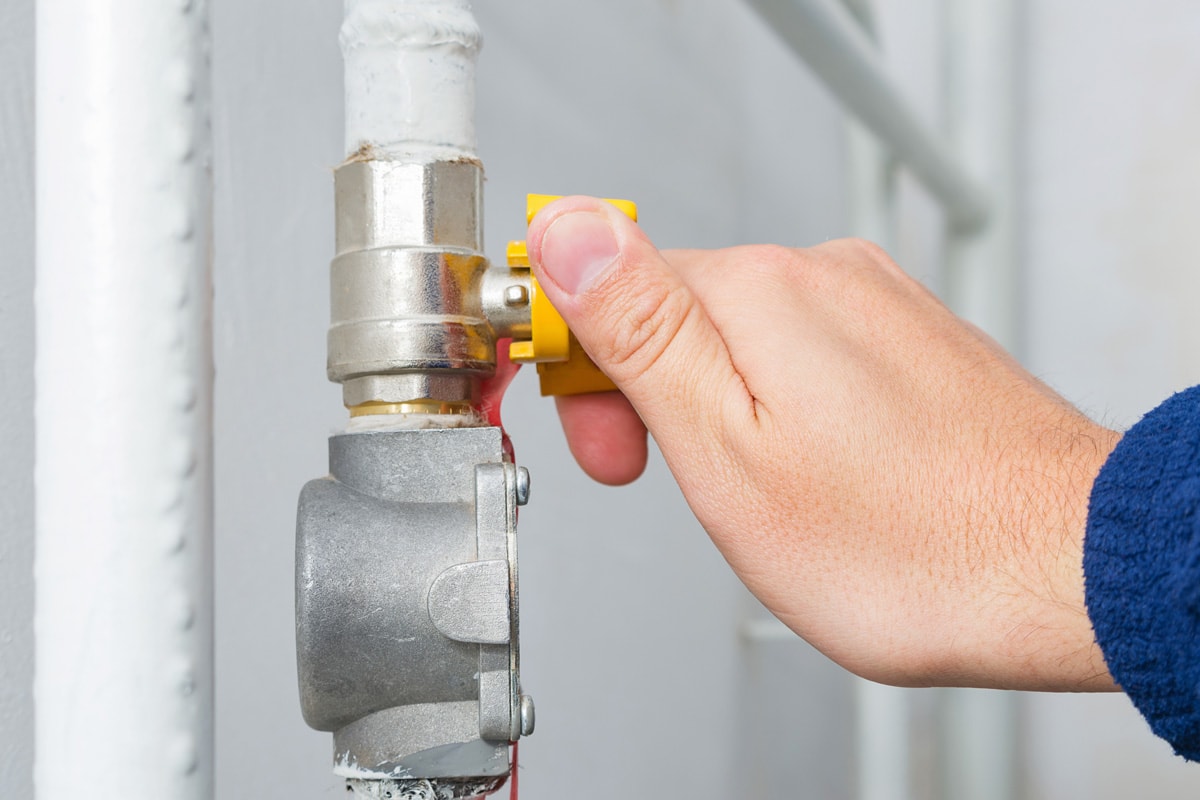
The gas valve directs gas flow from the supply tank to the heater. A faulty gas valve prevents your heater from delivering the desired amount of heat to a room or completely shuts the heater down.
Faulty gas valves can result in numerous health and safety risks. Problems with these could result in serious gas leaks, posing a risk to the home and household.
The gas valves may be faulty for a variety of reasons. The gas valve may simply be worn out, especially if you have an older model of gas heater. Faulty gas valves can also be caused by flooding and the heater being submerged. Other possible causes include faulty wiring and sensors.
This video will guide you through the step-by step troubleshooting process for problems with your gas valves. However, if you notice gas leaks, immediately call for an HVAC professional to look into the gas heater, troubleshoot, and repair it.
Failing Control Board
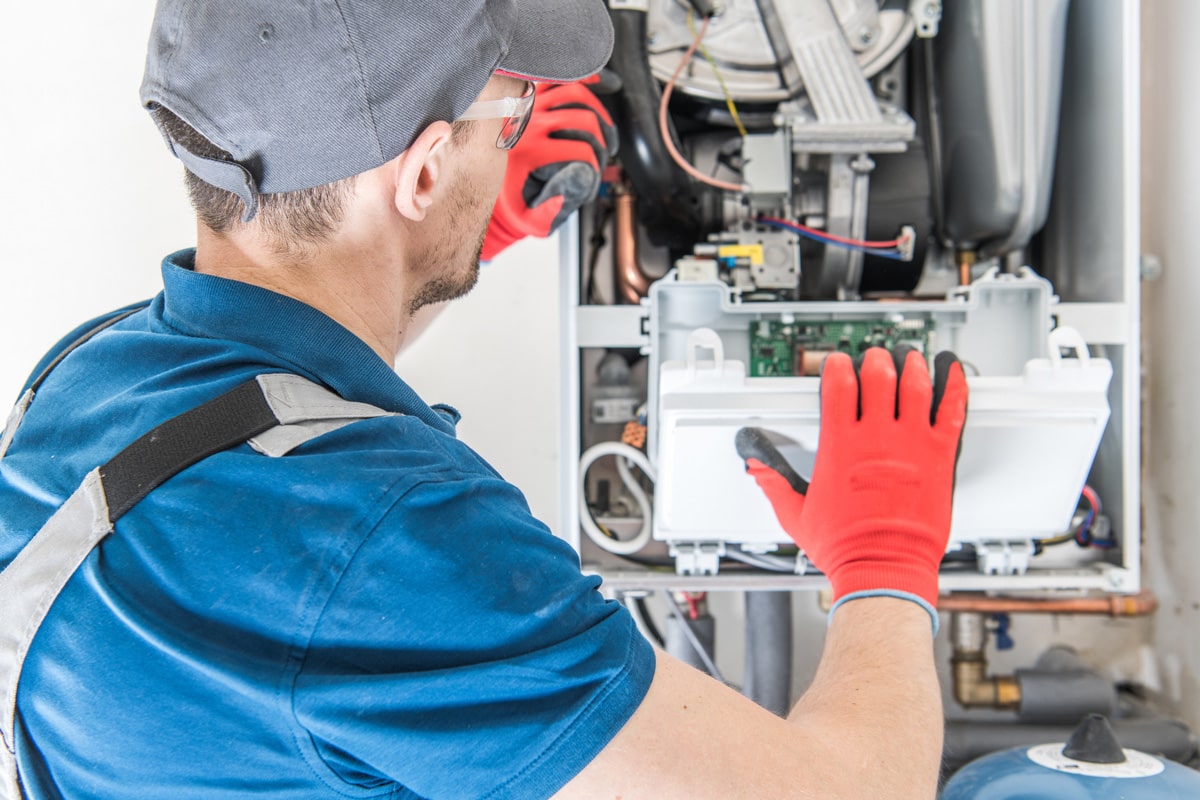
If the thermostat registers a consistent reading but the gas heater is not producing enough heat, your control board may be failing. Other signs that the control board is failing include the blower running continuously or intermittently, making strange noises, or the unit switching on and off irregularly
Perform the following steps to troubleshoot your system's control board.
- Remove the cover to access the control board by unscrewing it.
- Examine the control board for burn marks or a burnt smell. If you detect these signs, your control board has most likely failed.
- Check the diagnostic light. If there are no lights at all, it means that the heater is not receiving any power. If the red light is blinking several times, there may be something wrong that requires HVAC service.
For a more detailed discussion on control board troubleshooting, watch the video below.
The control board is your heater's brain, controlling all of its components. So if the control board is severely damaged, it is best to contact an HVAC expert right away to avoid risks to your home and increased repair costs.
Do all gas heaters have a pilot light?
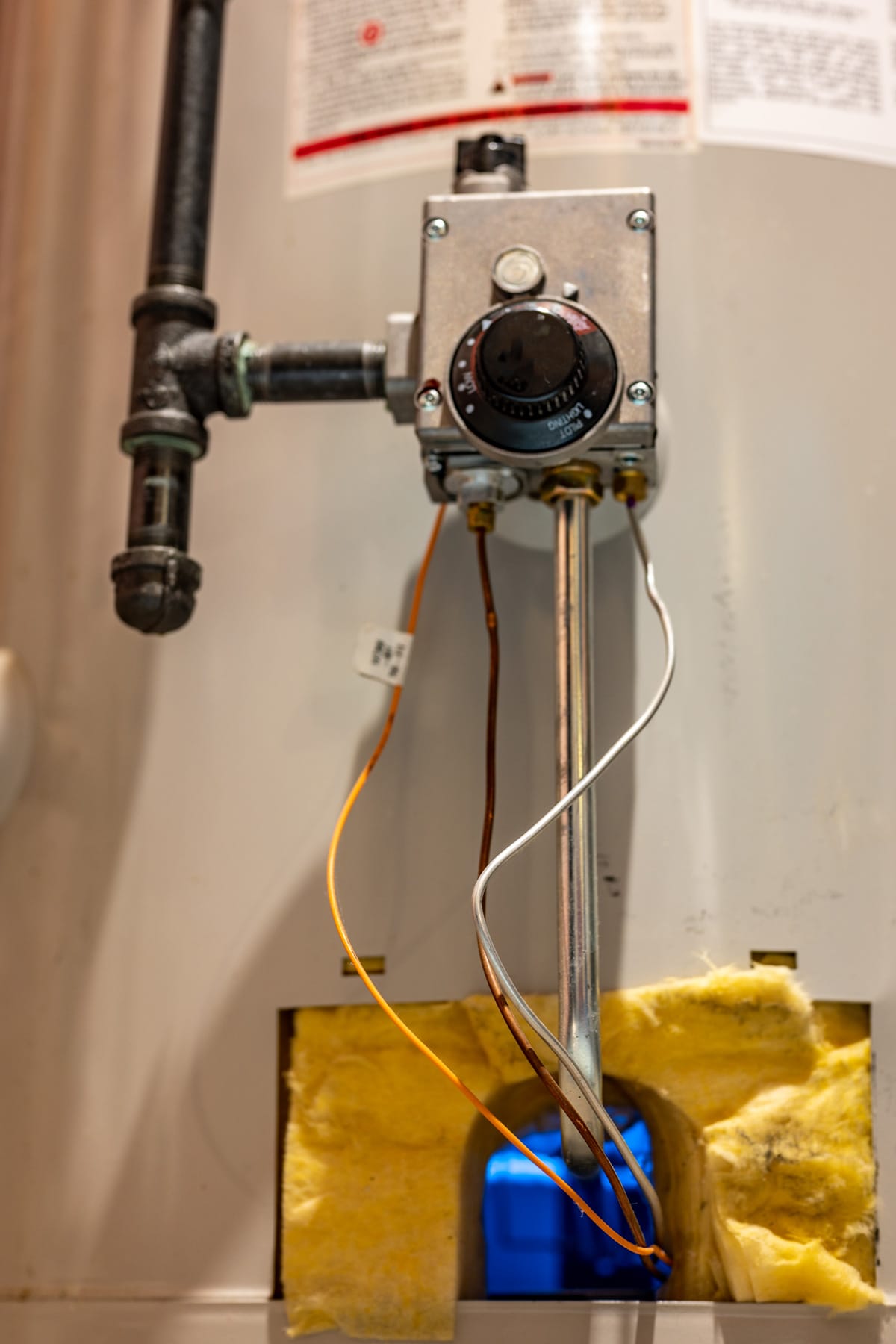
In a gas heater, the pilot light is a continuous flame that serves as the ignition source. All older models have a pilot light, but as technology has advanced, modern heaters do not.
Instead of a pilot light, new models have an electronic ignition system. This technology is most beneficial to homeowners because it saves fuel.
Pilot lights must burn continuously, whereas their electronic counterparts light only when the heater is needed, making it more fuel-efficient and cost-effective.
Do all gas heaters have a thermocouple?
A thermocouple is a temperature sensor that serves as a safety device in gas heaters. It measures temperature and assists the pilot light in keeping the gas heater running by controlling the closing and opening of gas valves.
Thermocouples work in tandem with pilot lights, so devices lacking a pilot light do not have thermocouples. Thermocouples are no longer found in modern gas heaters because there is no pilot light to burn continuously. Instead, these gas heaters use a low-energy electronic ignition system.
Can you use a smart thermostat with a gas heater?
Smart thermostats are programmable and automated thermostats that allow you to adjust temperatures in your home based on weather, schedules, and heating and cooling needs. Smart thermostats work with a variety of heater types, including gas, oil, and electric.
Ecobee, Honeywell, and Nest smart thermostats may be compatible with your home heating system.
Most HVAC service providers recommend determining whether your heater model is compatible with your smart thermostat. You can do so by removing the thermostat cover and noting the letter labels on the wires.
After that, you can use the heater brand's compatibility checker tool. You can visit the website from brands like Ecobee, Honeywell, and Nest to check their compatibility.
How do you reset a gas heater?

When something goes wrong with your heater, especially after a power outage, you can reset it. Your heating systems have a reset button, which acts as a safety feature by shutting down the system when there is a problem.
The system and settings are rebooted when the reset button is pressed. If the issue persists, you can try pushing it again. If pressing the reset button does not solve the problem, you should contact an HVAC professional.
In Closing
If you turn on your gas heater and it does not work, even though the pilot light is lit, your unit may have a problem with its thermocouple, thermostat, gas valve, or control board.
You should troubleshoot these issues and to see if you can make some quick fixes. However, it is always a good idea to consult with your local HVAC service provider.
For more information about gas heaters, click on the links below.
